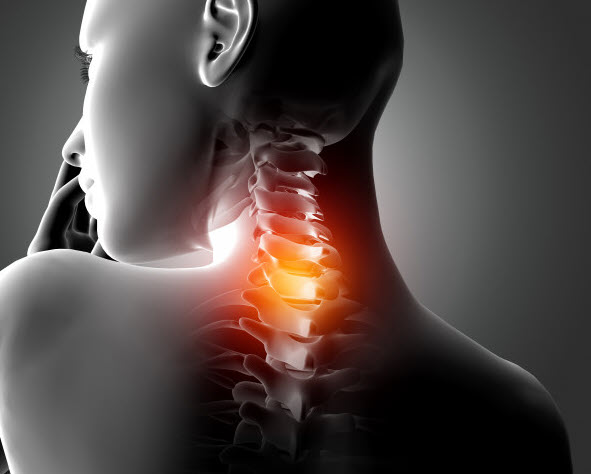Anterior cervical discectomy and fusion (ACDF) is a surgical procedure to eliminate neck and back pain related to a problem with discs. The disc is removed from the front or anterior of the neck to reduce pressure from the spine. Then a fusion procedure is performed to stabilize the neck.
Description
Discs between each vertebrae act as a cushion between the bones so that they don’t cause pain by hitting each other during movement. If the discs are damaged, pain can become severe and cause you to seek the care of a specialist like NYC Spine Surgeon Dr. Charla Fischer at NYU Langone Orthopedic Center in New York City. ACDF may be the best solution if a disc between one of the seven cervical, or neck, bones requires removal.
This procedure involves Dr. Fischer accessing the spine through the throat as opposed to the back of the neck, which could be more dangerous for the neck and spinal cord. Once the damaged disc is removed, it is important to make sure the spine is properly aligned. To ensure this, Dr. Fischer will perform a fusion to attach together at least two of the vertebrae and then will replace the damaged disc. Disc replacement may be done using a bone graft from your body, artificial material, or bone graft substitute. Finally, a titanium plate and screws are used to secure the bones until they grow together during the healing process.
Candidates
As the body ages, intervertebral discs may become worn and damaged. Instead of allowing comfortable, painless movement, they can trigger debilitating pain. Discs that become thin, dry, or bulging are described as degenerative. Discs that swell and even rupture are described as herniated. Patients with either of these conditions may benefit from ACDF surgery. Sometimes along with pain, there may be other symptoms like muscle stiffness, weakness, headaches, or shoulder discomfort. Not every patient is alike and each experiences varying symptoms. Dr. Fischer is experienced in diagnosing patients and determining if ACDF is advisable. Most often, conservative treatments such as medications, physical therapy, exercise, or injections are recommended first before advancing to any type of surgery.
Procedure
ACDF is typically performed as an outpatient procedure using general anesthesia and does not require a hospital stay. Some pain is expected after surgery, but can usually be managed with medications. Dr. Fischer will determine if a neck collar should be worn during initial recovery to help stabilize the neck.
Recovery
Most patients require 4 to 6 weeks to heal after ACDF, although recovery depends on each patient’s health, age, and more. Driving is often allowed after 1 to 2 weeks, but strenuous activity should not be performed until after a follow-up with Dr. Fischer after about 6 weeks to determine if the patient is ready. Physical therapy is often recommended at this time to help restore normal movement and continue to eliminate pain. For most patients, ACDF is a successful procedure that enables them to return to their normal activities without the symptoms that led them to Dr. Fischer in the first place.

